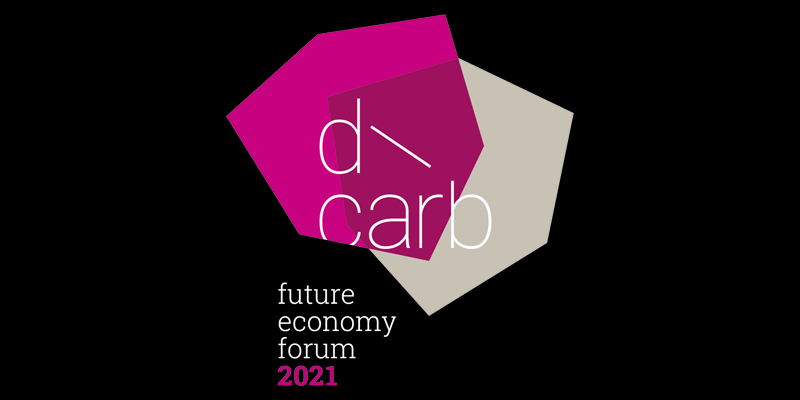Editor’s Note: The following post comes from Sergio Gutiérrez. Sergio is a Chicago-based designer and strategist working at the intersection of people, business, and technology. He graduated from BGSE’s MSc Economics of Science and Innovation in 2011.
So, as it seems, healthcare in the U.S. seems to be in of trouble and, all the voices say, design can do a lot to solve the problem. For this reason, many design and innovation consulting firms are making healthcare a strong focus area. For any designer —or any person trained to solve problems for that matter— this type of problem, because of its complexity, potential impact, and evident “higher purpose” is also very attractive.
However, regardless all the hype around this topic, thinking of design as the main driver for structural change may prove a bit unrealistic — as much as I would like to think that design can save the world. In reality, given the magnitude of the problem in the U.S., this needs to be attacked from different angles, with various strategies and tools and, probably, the most critical ones will have to come from outside the design field.
The system that is supposed to take care of us is very sick.
To help you gauge the magnitude of the U.S. healthcare problem, let me start with some background info — it won’t hurt, I promise: This is what we pay for our healthcare in the U.S…
- The U.S. 2010 healthcare expenditure was 18% of the GDP, up to $2.6 trillion. That is roughly double the OECD average and this figure is projected to grow up to 26% of GDP by 2037 (scary).
- The U.S. has the highest healthcare administration costs in the World at triple the OECD average.
- Cost of healthcare per capita is above $8,200. That is more than double the OECD average of $3,200. Second, but not even close, is Switzerland with $5,200.
This is what we get…
- There are fewer physicians and hospital beds per person than in most other OECD countries.
- Life expectancy has increased over the last few decades but less than compared to other economies. Between 1960 and 2010, 9 years compared in the U.S. to 11 years on average on OECD countries.
- 33% Americans were obese as of 2009 compared to an average 16% in the OECD countries.
- The cost of certain procedures is much higher in the U.S. and the industry seems to favor more expensive diagnosis procedures.
- In 2012, 46% of the U.S. population were underinsured or uninsured at some point, if not all year.
- The system is terribly complex, especially for users: a new study to be released in September shows how only 14% of all insured Americans “can explain all four key health insurance concepts: deductible, co-pay, co-insurance, out-of-pocket maximum”. Can you?
- And finally, healthcare bills is the number one reason for family bankruptcy in the U.S.
A vicious circle
Continue reading “Band-Aids to Major Surgery: Making Healthcare Work in the U.S.”


